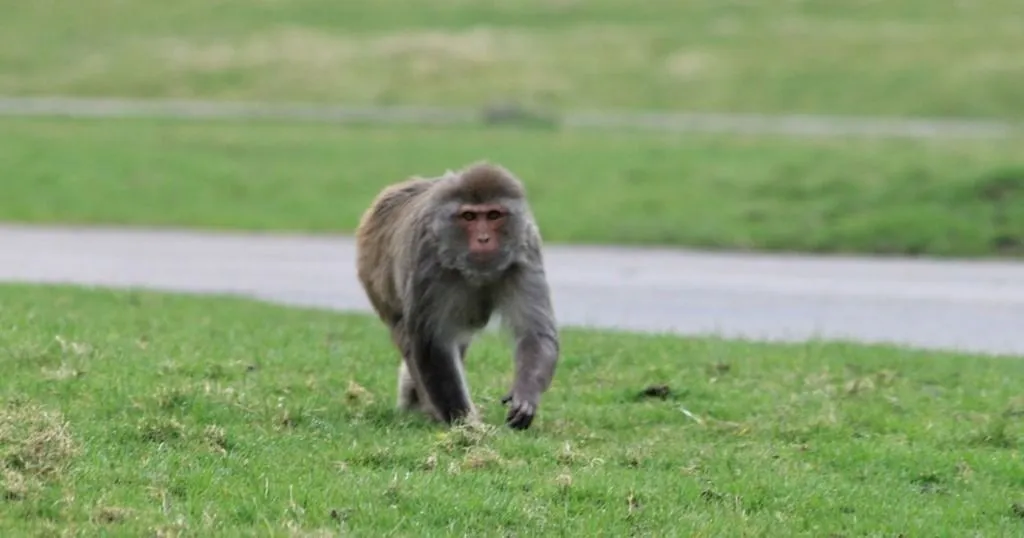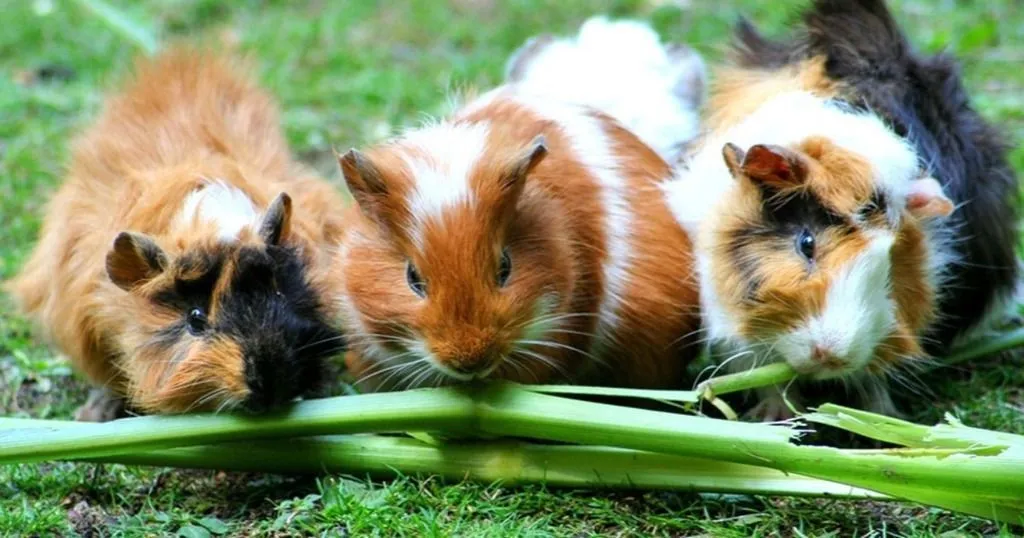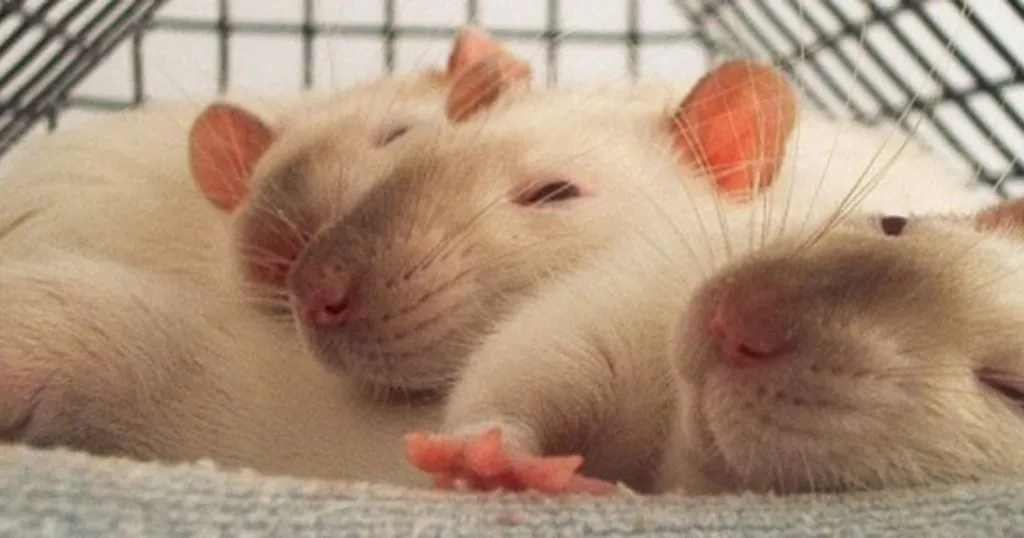Secret sex and promiscuity - Mating behavior of Rhesus monkeys
In Rhesus monkeys the optimal sexual strategy is different for Alpha males, other males and females. Alpha males want females to mate exclusively with them, whereas other males and females benefit from promiscuity.
Posted by
Published on
Mon 30 Jul. 2012
Topics
| Coding Schemes | Ethogram | Monkey | Primates | The Observer XT |

In Rhesus monkeys the optimal sexual strategy is different for Alpha males, other males and females. Alpha males want females to mate exclusively with them, whereas other males and females benefit from promiscuity. With secret sex, females and bystander males counteract the strategies of alpha males to dominate the group.
Conflicting mating strategies
Did you know that in social groups of monkeys, the optimal mating strategy of alpha males conflicts with the optimal strategy of females and the other males?
A dominant male wants females to mate exclusively with him to ensure that the offspring is his. To ensure this, the alpha male guards females and interrupts mating by other males [1,2].
On the other hand, bystander males of course also want to mate and produce offspring. But how do they achieve this?
The benefits of promiscuity
While alpha males want females to be monogamous, females benefit from promiscuity. Having more mating partners decreases the chance that offspring is attacked or killed, since males do not attack offspring of their mating partners [3].
Also, by mating with different partners, females increase the amount of goods they get from males and increase the number of males that guard the group [4,5]. Females will therefore try to escape from the exclusive right of the alpha males to copulate with them. But how?
Do monkeys have secret sex?
In a recent article in the American Journal of Primatology, Overduin-de Vries et al. [6] hypothesize that females and bystander males copulate secretly out of sight of the alpha male.
They investigated whether mating between females and bystander males occurs more often in absence than in presence of the alpha male. In addition to this, they looked whether the male’s rank is of importance for the effect of their presence on mating behavior of females with other males.
The researchers used The Observer XT for their ethological research and used an ethogram with different phases of the mating behavior. For both males and females they coded:
- Inviting to copulate
- Accepting or rejecting such an invitation
- Attempting to copulate
- Mounting
- Thrusting
- Copulating
Counteracting the alpha male with secret sex
Indeed, the presence of males affected the mating behavior of females with other males. This effect was the largest for the absence or presence of the alpha male.
The females copulated more frequently with bystander males and spent more time copulating when they were out of sight of other males. This way, females avoid aggressive interruptions of copulations with other males.
Hence, while alpha males do their best to monopolize the group and keep the females for themselves, females counteract this strategy with secret sex and promiscuity.
This raises the question who is really in charge of the group, the alpha male or his females?
References
- Chapais B. (1983). Reproductive activity in relation to male dominance and the likelihood of ovulation in rhesus mon-keys. Behavioral Ecology and Sociobiology, 2, 215–228.
- Manson J.H. (1996). Male dominance and mount series duration in Cayo Santiago rhesus macaques. Animal Behavior, 51,1219–1231.
- Hausfater G.; Hrdy S.B. (1984). Infanticide: comparative and evolutionary perspectives. New York: Aldine. 598 p.
- Engelhardt A. (2004). The significance of male and female re-productive strategies for male reproductive success in wild longtailed macaques (Macaca fascicularis).Göttingen, Germany: Cuvillier verlag. 109 p.
- Wolff J.O.; Macdonald, D. W. (2004). Promiscuous females protect their offspring. Trends in Ecology & Evolution, 19,127–134.
- Overduin-de Vries, A.M.; Massen, J.J.M.; Spruijt, B.M.; Sterck, E.H.M. (2012). Sneaky Monkeys: An Audience Effect of Male Rhesus Macaques (Macaca mulatta) on Sexual Behavior. American Journal of Primatology, 74, 217–228
Related Posts

How wild cavies and domesticated guinea pigs differ

Towards automated homecage monitoring of group housed rats

